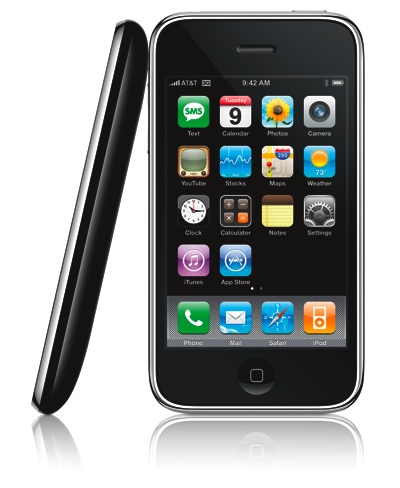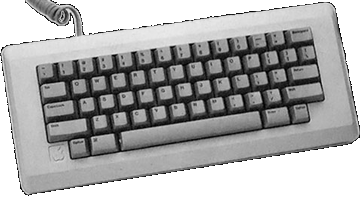iPhone 3G

Essentials
Family: iOS
Codename: ?
Minimum OS: iPhone OS 2.0
Maximum OS: iOS 4.2.1 (no multitasking)
Introduced: June 2008
Terminated: June 2010
Processor
CPU: Samsung S3C6400 (ARM11 core)
CPU Speed: 400 MHz
FPU: integrated
Bus Speed: 100 MHz
Register Width: 32-bit
Data Bus Width: 32-bit
Address Bus Width: 32-bit
Level 1 Cache: 16 kB data, 16 kB instruction
Onboard RAM: 128 MB
Maximum RAM: 128 MB
Video
Screen: 3.5" multi-touch
GPU: PowerVR MBX-Lite
Max Resolution: 480x320
Video Out: composite, component (via Dock Connector)
Camera: 2MP
Storage
Flash Drive: 8/16 GB
Input/Output
USB: via Dock Connector
Audio Out: stereo 16 bit mini
Speaker: mono
Microphone: mono
Sensors: Accelerometer, Proximity sensor, Ambient light sensor
Networking
Wi-Fi: 802.11b/g
Bluetooth: 2.0+EDR
Cellular:
- GSM/EDGE (850, 900, 1800, 1900 MHz)
- UMTS/HSDPA (850, 1900, 2100 MHz)
Location: GPS
Miscellaneous
Battery Life:
- Talk 5 hrs (3G)/10 hrs (EDGE)
- Standby 300 hrs
- Internet 5 hrs (3G)/6 hrs (Wi-Fi)
- Video 7 hrs
- Audio 24 hrs
Dimensions: 4.5" H x 2.4" W x 0.48" D
Weight: 0.29 lbs.
Released in June 2008, the iPhone 3G had been widely anticipated for nearly the entire lifespan of its predecessor, the wildly successful iPhone. The iPhone 3G included two prominent features that had been distinctly absent from the original iPhone—3G networking and built-in GPS. These features came at a price, however: the iPhone 3G was slightly thicker than the iPhone, and had reduced battery life when using 3G networking. To mitigate the increased depth, the iPhone 3G featured a curved back, making it thinner on the edges. The iPhone 3G included a non-recessed headphone jack, to the joy of many iPhone customers with 3rd-party headphones.
Even more anticipated than the various hardware improvements was the 2.0 version of the iPhone OS, which shipped with the iPhone 3G, and was also made available for existing iPhone users. The primary feature of iPhone OS 2.0 was the inclusion of a robust application SDK, and a distribution system which was fully integrated into iTunes. Though developers had already shipped device-resident applications for illegally unlocked (or "jail-broken") iPhones, this was the first opportunity for developers to ship legal, Apple-sanctioned software for the iPhone.
The iPhone 3G initially shipped in two models, at an aggressive price-point: the 8 GB model sold for $199, and the 16 GB model sold for $299. Both required a two-year contract with AT&T, once again the exclusive provider of the iPhone 3G in the US market. AT&T customers not eligible for a handset upgrade could purchase the models for $399 and $499, respectively, provided they extended their existing contract by two years. Both models were later made available without a contract, for $599 and $699, respectively. In June 2009, following the release of the iPhone 3GS, all models were discontinued, with the exception of the 8 GB black model, which received a price-cut to $99 ($299 for early-upgrade, $499 unsubsidized). It was finally discontinued in June 2010, after the introduction of the iPhone 4.
Picture Credits:
Apple, Inc.
